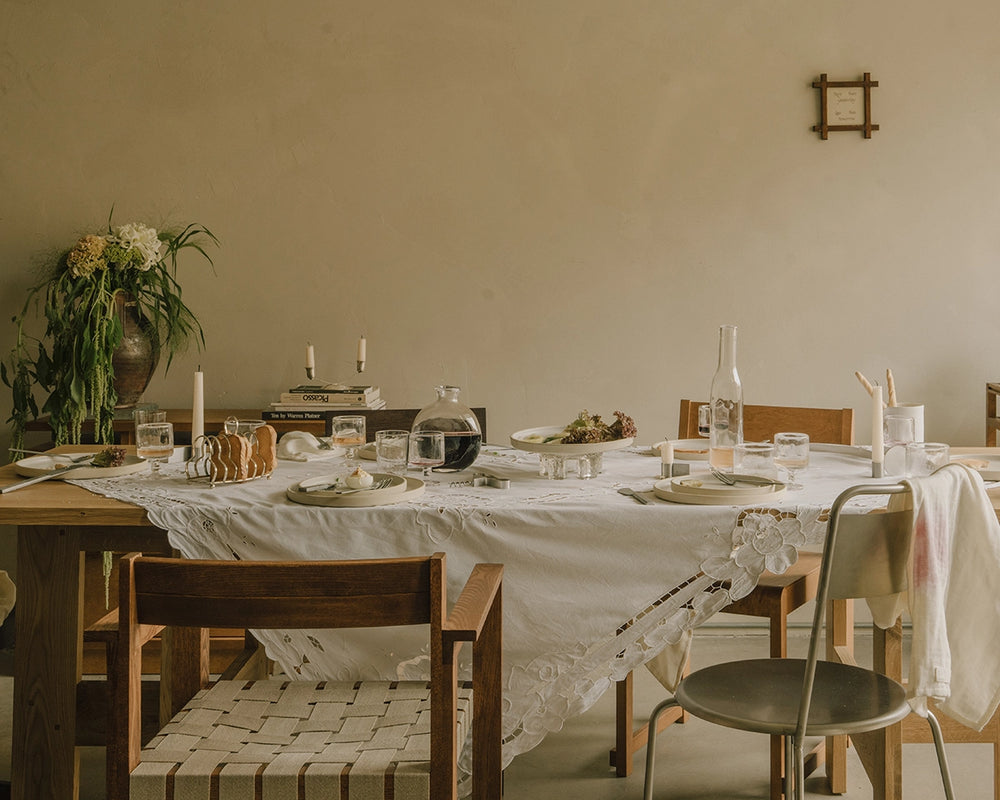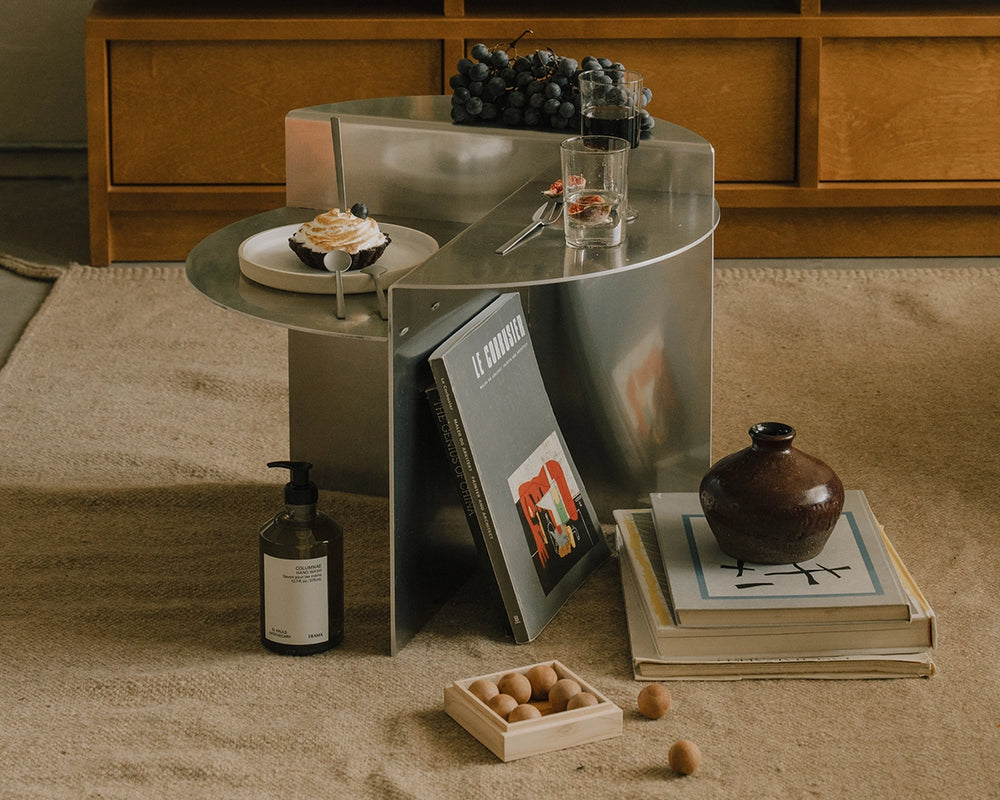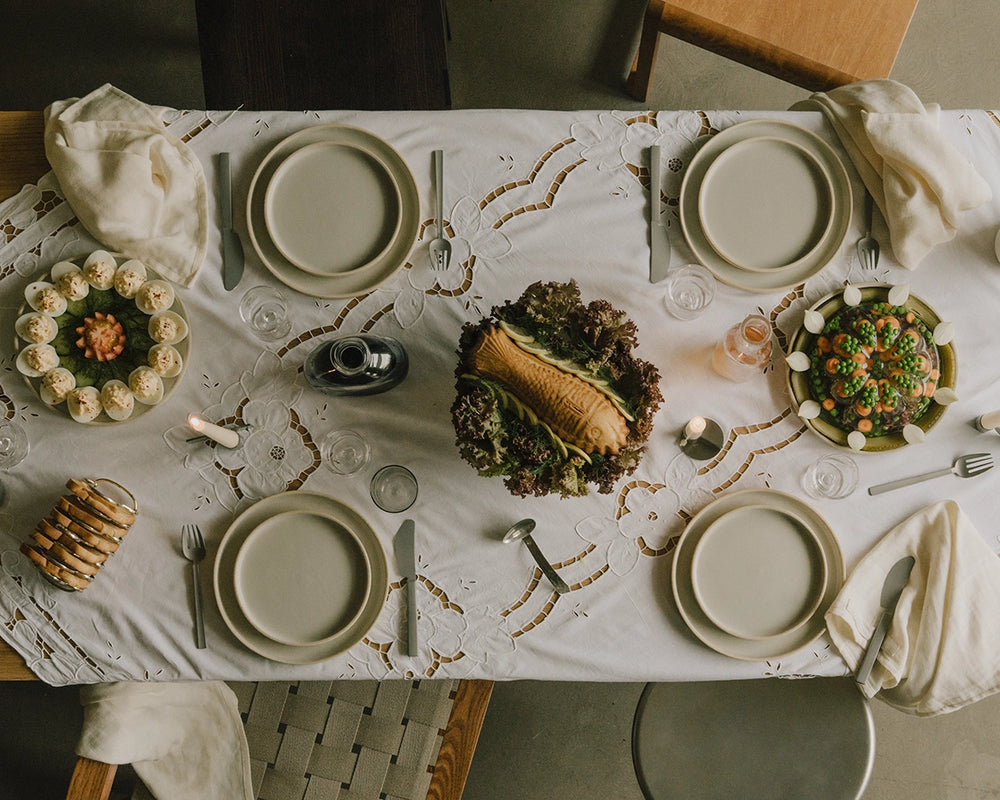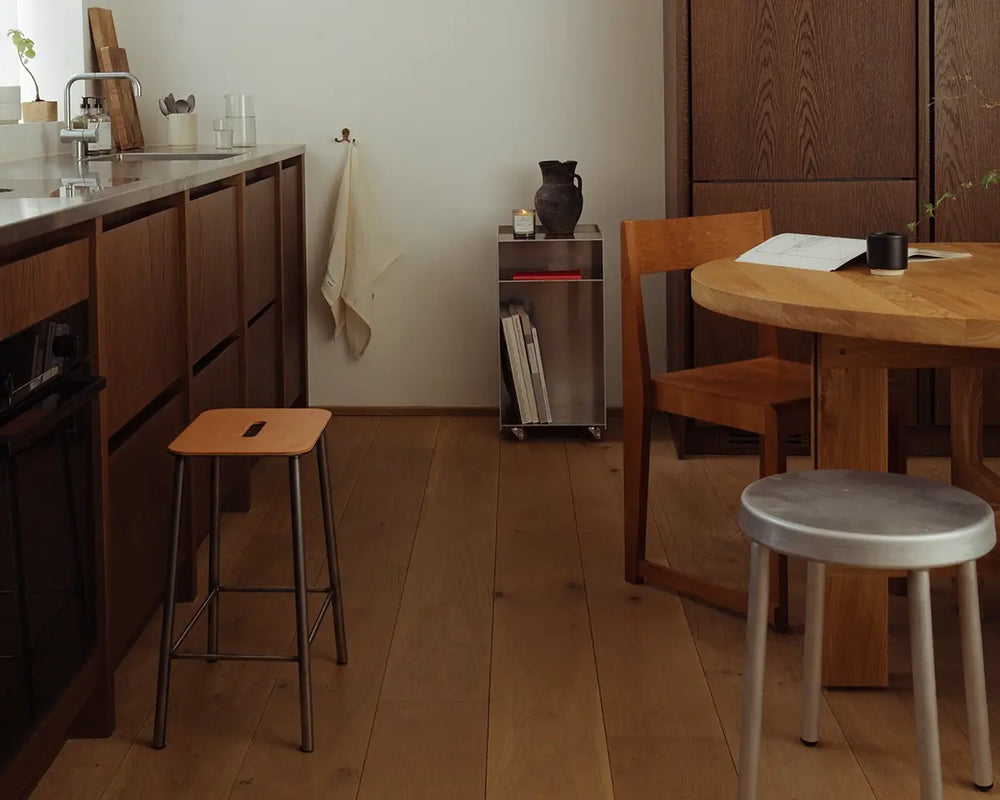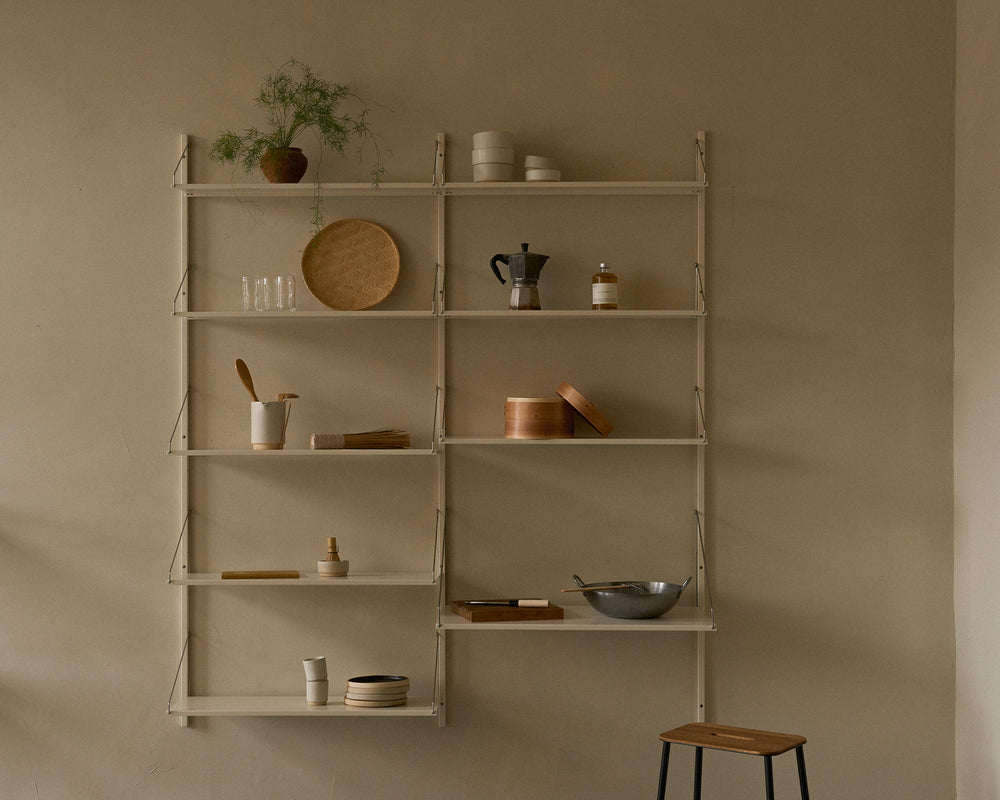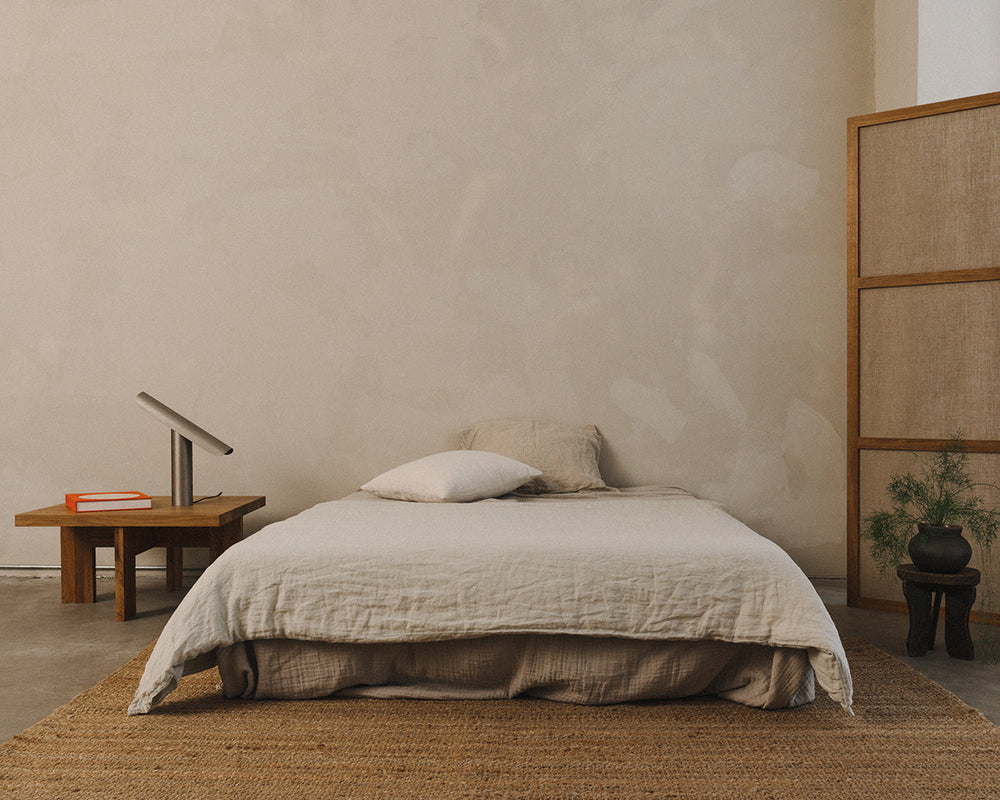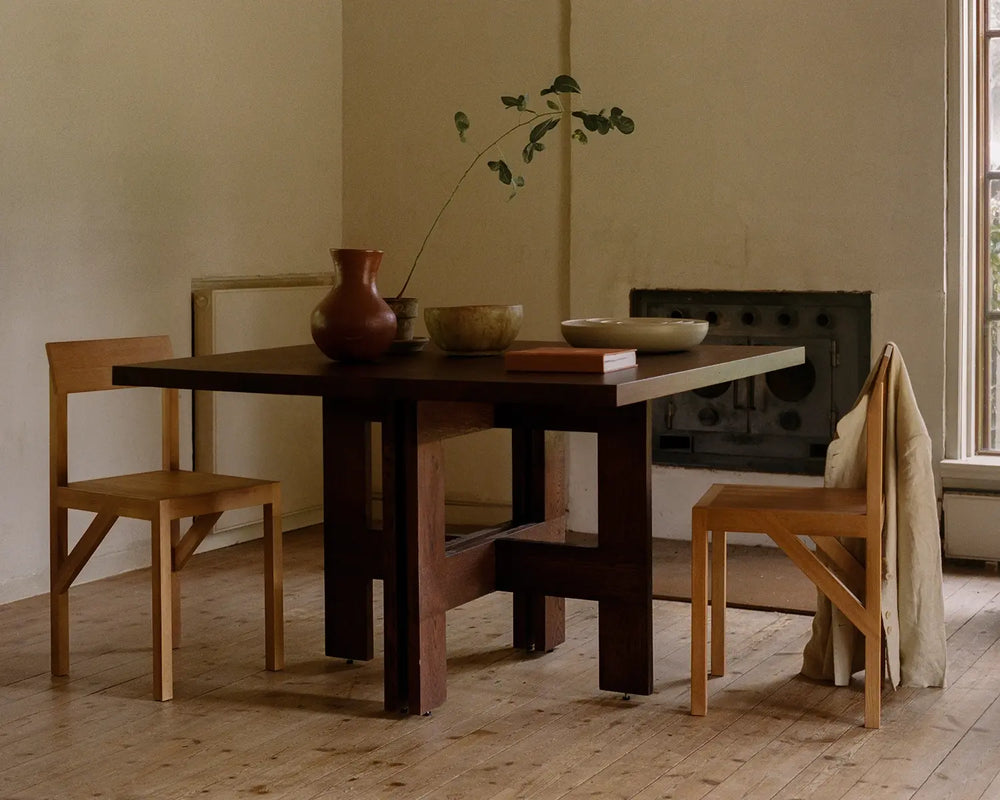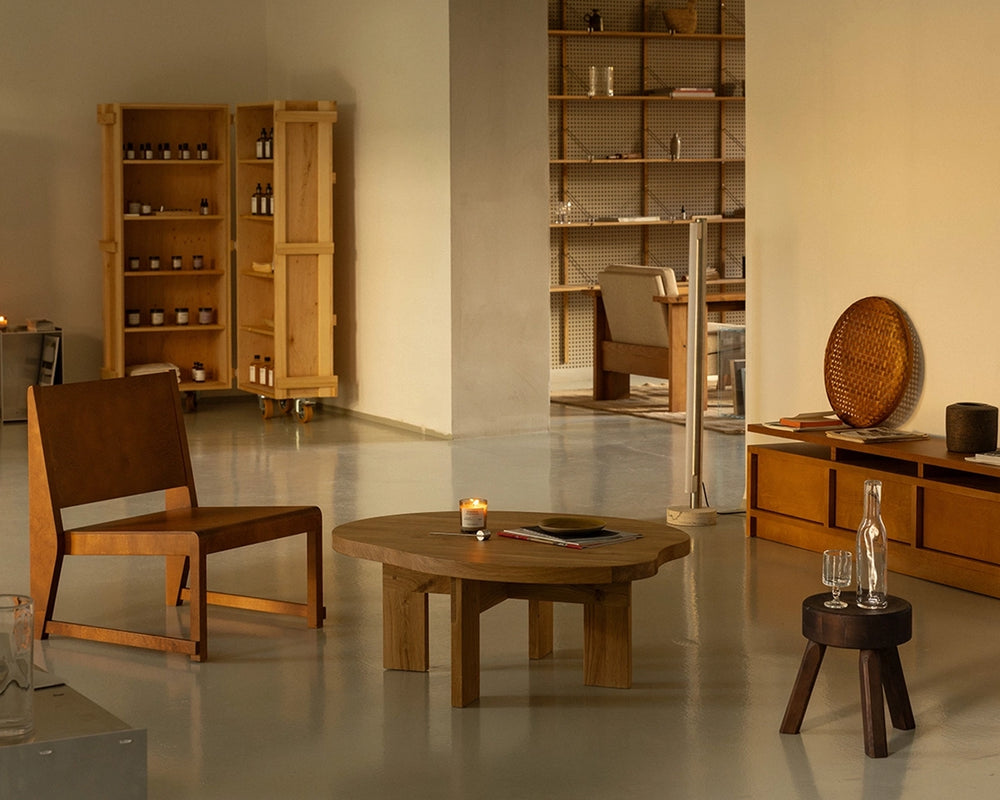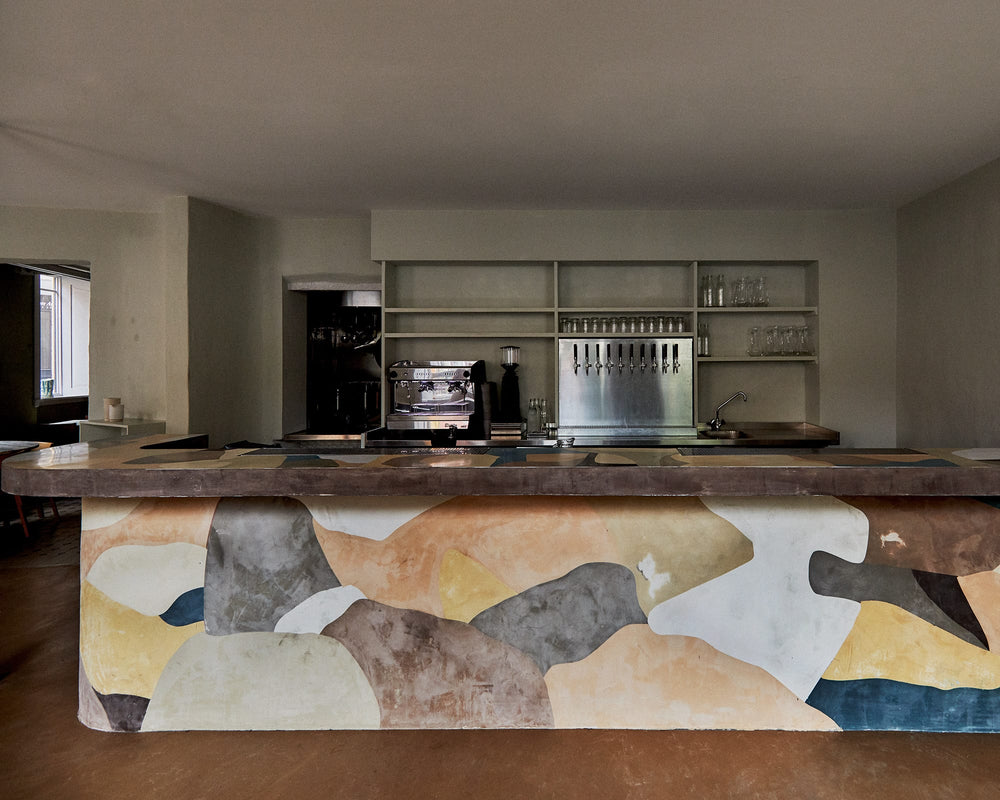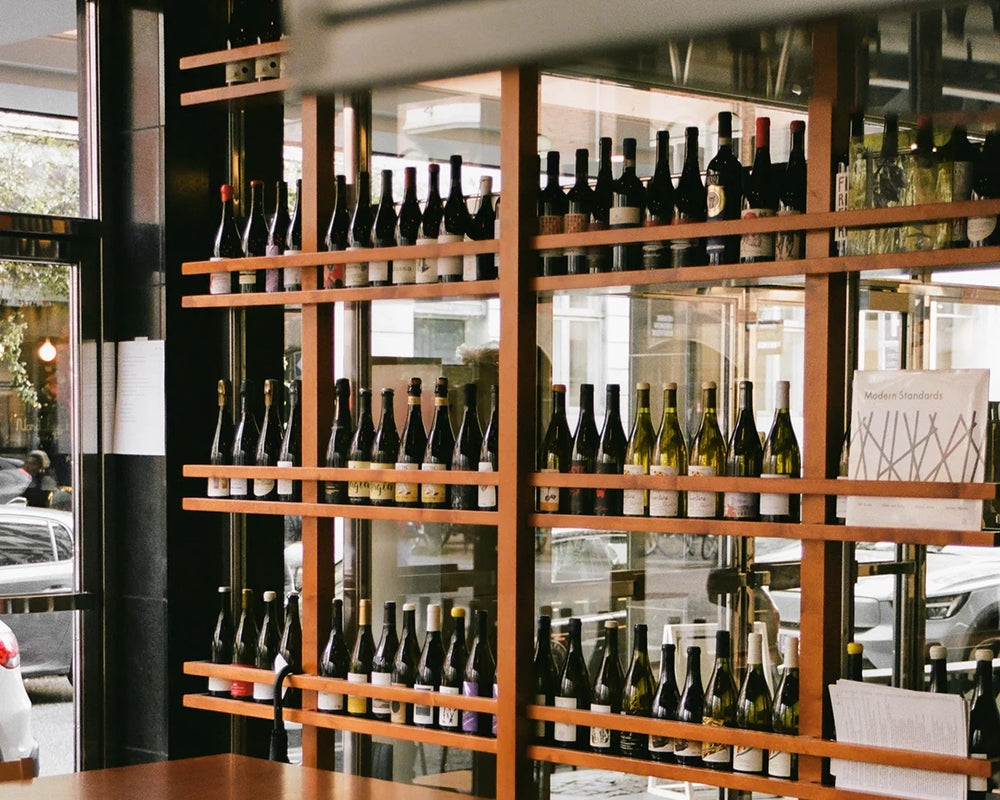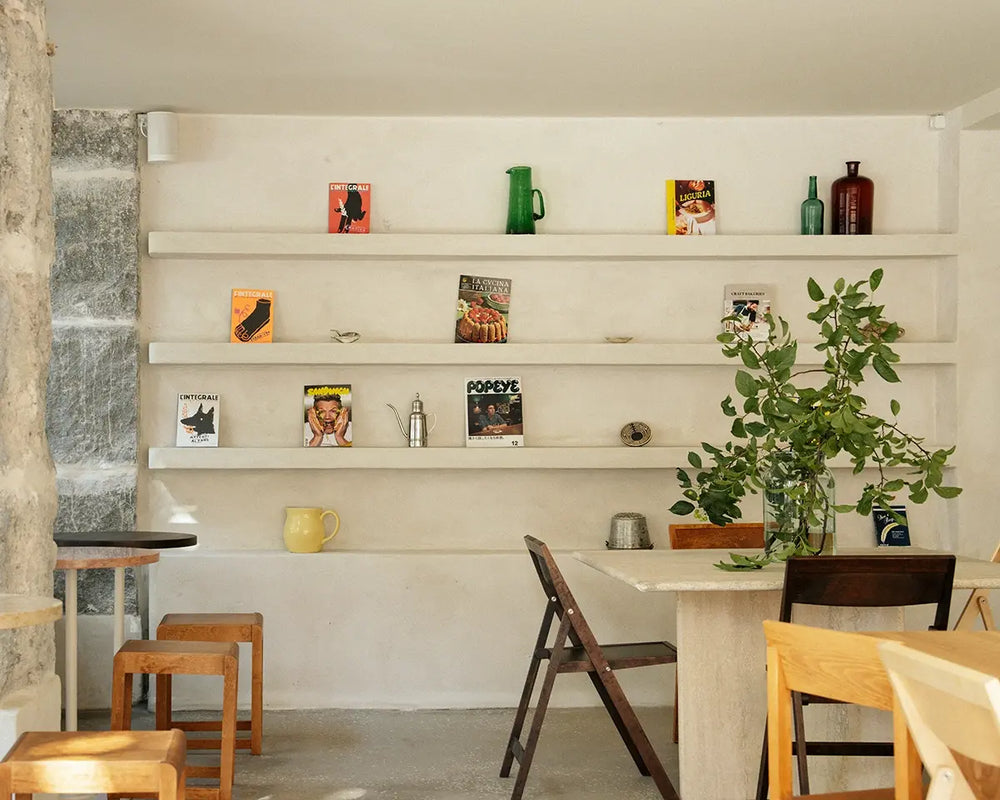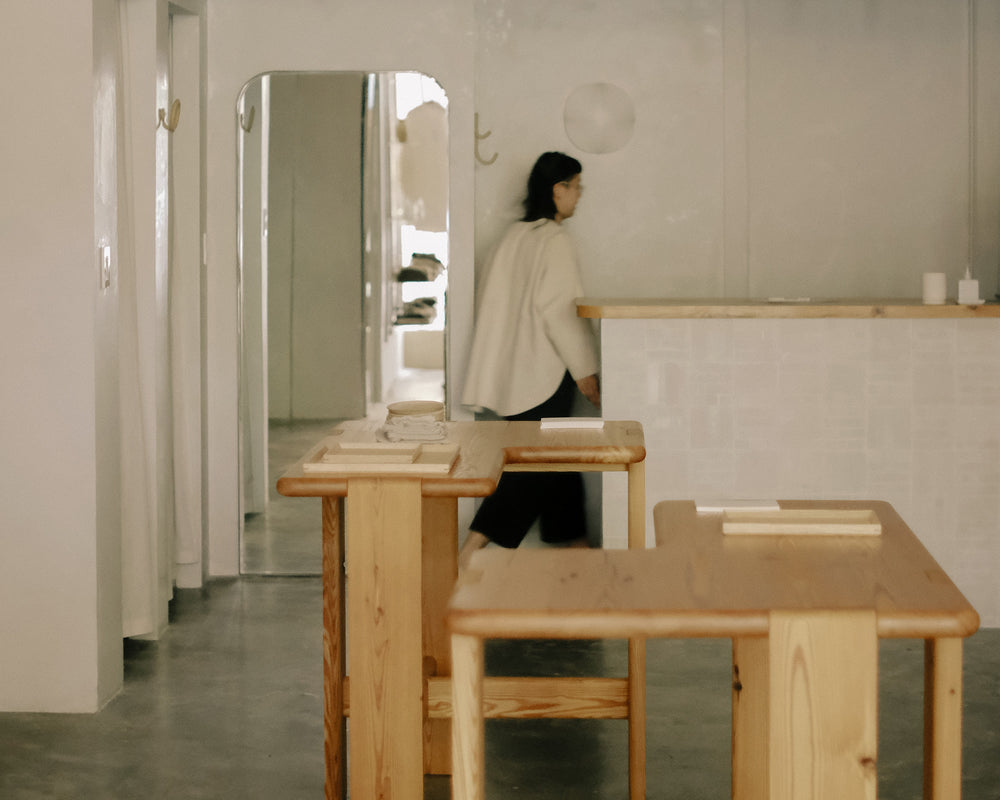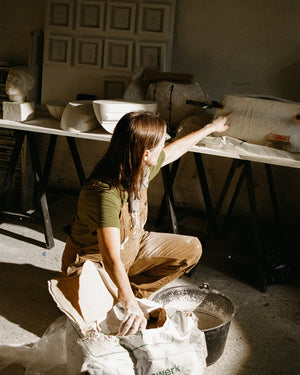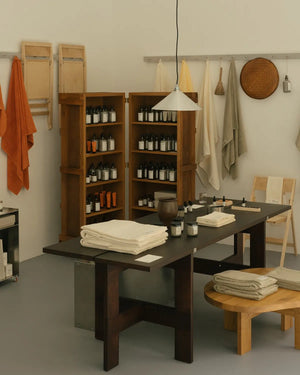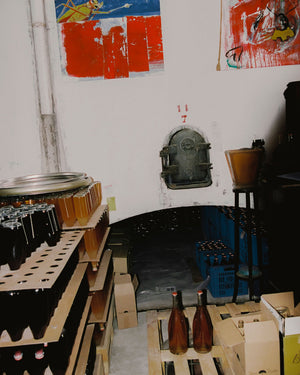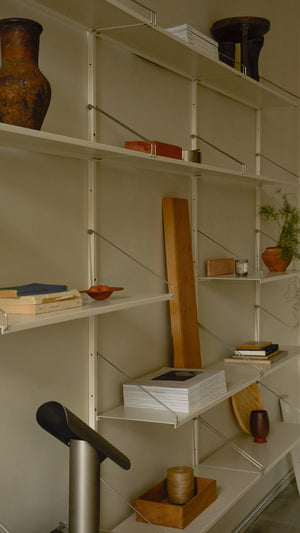
Essential History: Shelving
The Shelf Library’s origins are humble. This decidedly-Scandinavian system has its roots in the local hardware stores of Denmark—now nearly a century ago. FRAMA’s system, designed by Kim Richardt in 2016, is a reinterpretation that maintains the timeless basis for the essential shelving concept at its core, with its details precisely fine-tuned and adapted.
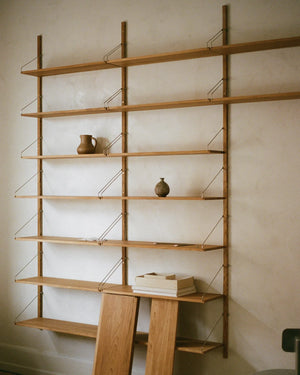
- Kim Richardt, Designer, Shelf Library
In these early iterations, a readily available bracket would pass right through the wood; an inexpensive and flexible configuration for a simple open shelf—however, one that had no consistent design language or dimensions. In FRAMA’s refined reinterpretation of this common build, designed in 2016, there is no need to force the bracket through the shelf since it has been measured to fit its depth down to the mm. Characterized by clean, sleek lines and modern material pairings.
This approach to refining a design to its simplest, most specific form shows itself strikingly across Scandinavian design history. Rail-mounted shelving systems were initially popularized by Scandinavian cabinet makers, especially after their inclusion in the Danish Carpentry Fair in 1940, as Richardt describes. Many architects and designers released their own takes that would become fixtures of the mid-century modern movement, such as Alvar Aalto in 1935, Finn Juhl in 1941, Erik Wørts in 1941, and Poul Cadovious in 1948. As Andrew Trotter, Co-Founder of Openhouse Magazine and Studio Andrew Trotter, describes, “with a timeless simplicity, the Shelf Library system works just about anywhere. With time the oak ages perfectly, becoming part of the architecture with an air of a vintage piece.”
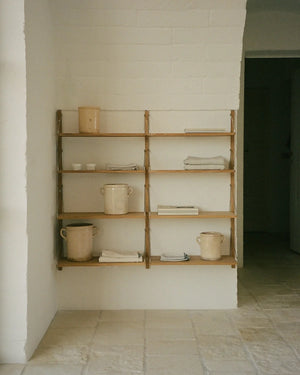
Shelf Library at Villa Cardo, Studio Andrew Trotter
This evolution continues the tradition of distilling designs to their most essential and adaptable—with new details, language, and modular functionality. Richardt’s design began with the Single Shelf as a standalone piece, but with the Shelf Library system already in mind. "With fixed dimensions across the shelves, the Single Shelf flows naturally into the Shelf Library system, making both designs infinitely flexible. Every component works together."
To Stephanie Thatenhorst of Stephanie Thatenhorst Studio, who has used Shelf Library System in interior architecture projects, "[the Shelf Library System] serves as both a subtle highlight in our interiors and as a standout feature. Its modular design allows it to adapt to our needs and spaces, providing flexibility and functionality."
As an endlessly expandable system, the warmth of Scandinavian early modernism is adapted to suit contemporary practicality, with an acute attention to detail. As FRAMA builds upon the robust cannon of historic track shelving, so too can the Shelf Library system grow and expand. Contemporary technology meets historic design instinct.
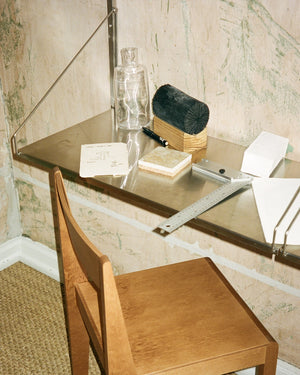
Today, in a testament to the timeless basis for the original designs, you can see the early editions from the 1930s-1950s circulating at auctions, sold, or passed down to family. This design—whether in Richardt’s precise and exacting adaptation or in an ad-hoc edition from nearly a century ago—is not something that gets thrown away. The concept is timeless, evidenced by its circulation at auctions, being passed down through generations, or being resold on modern platforms. This versatile shelving is designed to be relevant for the years to come, whether bedside or in a kitchen, office, for storage or display; allowing for infinite modularity with an aesthetic that has proven lasting. Humble beginnings; designed to grow.
The FRAMA Shelf Library system is a modular storage solution designed to suit any space. Made from durable and time-honored materials, create your own Shelf Library for kitchen, bathroom, study, or wardrobe or choose our preconfigurations.
